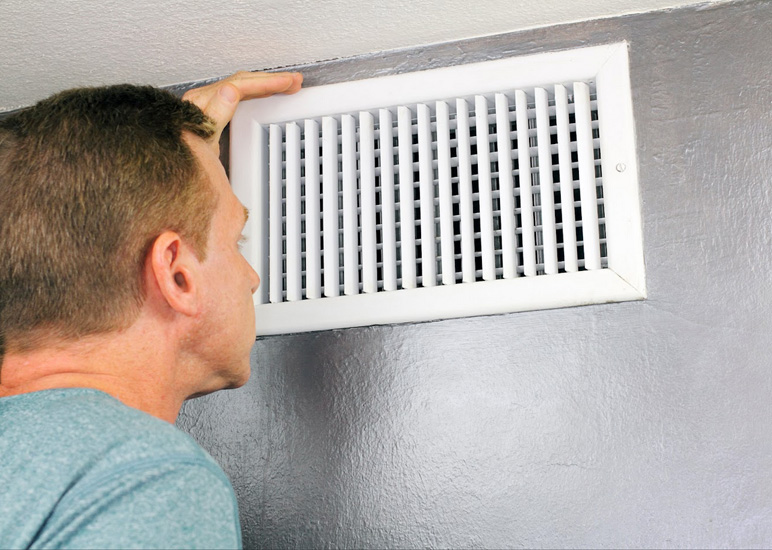As we dive into the world of home comfort, one perplexing dilemma surfaces for many homeowners: uneven cooling. Have you ever walked into a room that feels like a sauna while another space feels like a chilly iceberg? This phenomenon can leave you scratching your head. Why, despite having an air conditioning system, are certain areas of your home teetering between uncomfortable heat and frosty despair? Let’s embark on a journey to uncover the various culprits behind this cooling conundrum.
First and foremost, it’s essential to understand that air conditioning systems are not one-size-fits-all. When installed correctly, they should distribute cool air uniformly throughout your living space. Yet, several factors can lead to disparities in temperature that leave certain rooms sweltering. Let’s explore these issues methodically.
Understanding Your Air Conditioning System
Most modern air conditioning systems utilize ductwork to transport cool air. However, if your home is older, it may feature an outdated system that struggles to circulate air effectively. The design and layout of your ductwork play pivotal roles. Ducts that are too small, poorly configured, or even blocked can impede airflow, creating those hot spots in your home.
Another critical component is the air conditioner’s capacity. A system that is too large for your space may cool the air too quickly without allowing for proper air circulation. Conversely, a unit that is too small will struggle to bring down the temperature in larger areas, leading to uneven cooling. To find an optimal balance, consulting with an HVAC professional can yield insights specific to your home’s requirements.
Blocked Vents and Ducts
In many households, the simplicity of air vent blockage can be overlooked. Furniture, curtains, and even dust can obstruct vents, severely limiting airflow. If you notice stagnant air pooling in certain rooms, take a moment to inspect those vents. Are they free of debris? Is the furniture positioned in a way that suffocates air circulation? Ensuring that all vents are accessible will promote even cooling throughout your home.
Additionally, the air ducts leading to specific rooms may harbor clogs or leaks. Dust and debris can gather within the ducts themselves, causing airflow restrictions that lead to some rooms feeling particularly hot. Regular cleaning of these ducts can significantly improve efficiency and promote a more balanced temperature across your living spaces.
Insulation Issues
Have you considered the insulation within your home? Inadequate insulation can result in substantial temperature variances throughout your abode. Areas with poor insulation—such as attics, basements, or exterior walls—are more susceptible to outdoor temperatures. This could mean that while your air conditioner struggles to cool, the heat from outside infiltrates the poorly insulated spaces, creating that unwanted discomfort.
Upgrading insulation or sealing leaks can be a transformative measure. By fortifying your home, you create a barrier against external conditions, allowing your air conditioning system to operate more efficiently and uniformly.
The Sun’s Relentless Heat
The position of your home relative to the sun can also play a significant role in temperature discrepancies. Rooms that receive abundant natural sunlight throughout the day can warm up quickly, making it challenging for your air conditioning system to keep pace. Conversely, rooms shaded by trees or awnings may remain cooler without much effort from the AC.
To combat this natural heating, consider strategic solutions such as window treatments that reflect sunlight, installing awnings, or even planting trees that can provide shade. These methods contribute to stabilizing the overall temperature in your home and easing the workload on your air conditioning system.
Thermostat Troubles
Another pivotal player in the uneven cooling equation is your thermostat. If the thermometer is located near a heat source, such as sunlight or a heating vent, it may misread temperatures and lead the AC to work inadequately. Additionally, older thermostats may have calibration issues that distort their readings. A modern, smart thermostat can provide more accurate readings and even allow for zoning capabilities, which can greatly enhance uniformity in temperature across different areas of your home.
Utilizing Ceiling Fans
Ceiling fans often work as unsung heroes in the battle against uneven cooling. By circulating air, they can help counteract hot pockets within a room. In summer, running fans counterclockwise creates a wind-chill effect, making it feel cooler than it actually is. In winter, reverse the direction to circulate warm air trapped near the ceiling. This supplementary method can be an economical way to combat discomfort without relying solely on your air conditioning system.
In Conclusion
Uneven cooling in your home is hardly an insurmountable mystery. By identifying the underlying issues—from ductwork inefficiencies to inadequate insulation—homeowners can take steps to promote a more balanced indoor climate. Understanding the intricate relationship between your home’s design, insulation, air conditioning system, and the natural world outside will empower you to create that oh-so-essential comfort. As you seek solutions, remember that even small adjustments can lead to significant improvements in your overall home ambiance. So, don your detective hat and explore the myriad ways to achieve an optimal, uniform cooling experience!
